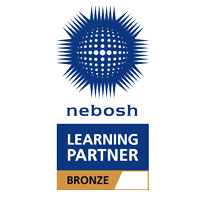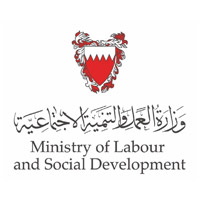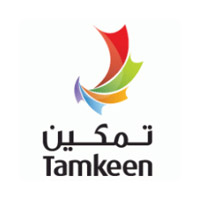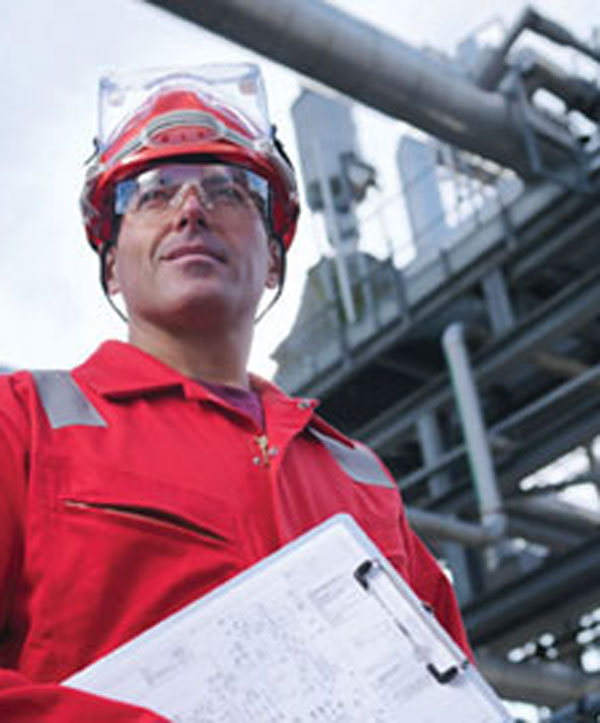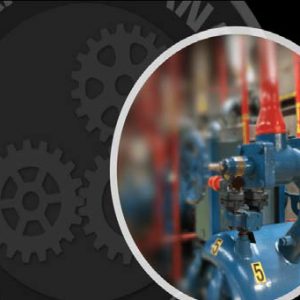Description
Overview
It focuses on operational process safety and is intended to enable candidates to apply and implement effective process safety management across all areas of their operation and throughout the world.
Learning Outcomes
Upon completion of this course, the participants should be able to:
- Define investigation of incidents, possible hazards, risk management techniques and validate the organization’s documents for safety in oil and gas industry.
- Explain roles, process safety management PSM, Permit-to-work system and maintenance of hydrocarbon system.
- The learner should be able to outline types of failure modes, containment of hydrocarbons, hazards and risks and controls for operating boilers and furnaces.
- Outline controls for minimizing effect of fire and explosion and demonstrate effective emergency response.
- Identify hazards and controls for marine transport and land transport.
Target Audience
The NEBOSH International Technical Certificate in Oil and Gas Operational Safety is designed specifically for industry specialists with day-today safety responsibilities including managers, supervisors and health and safety advisers
Course Outline
Day 1
Define investigation of incidents, Possible hazards, risk management techniques and validate the organization’s documents for safety in oil & gas industry.
Day 2
Explain the roles, Process Safety Management PSM, Permit-to-work system, and maintenance of hydrocarbon system.
Day 3
Outline types of failure modes, controls available for safe containment of hydrocarbons, hazards and risks and controls for operating boilers and furnaces.
Day 4
Outline controls for minimizing effect of fire and explosion and demonstrate effective emergency response.
Day 5
Identify hazards and controls for marine transport and land transport.
Course Approvals
